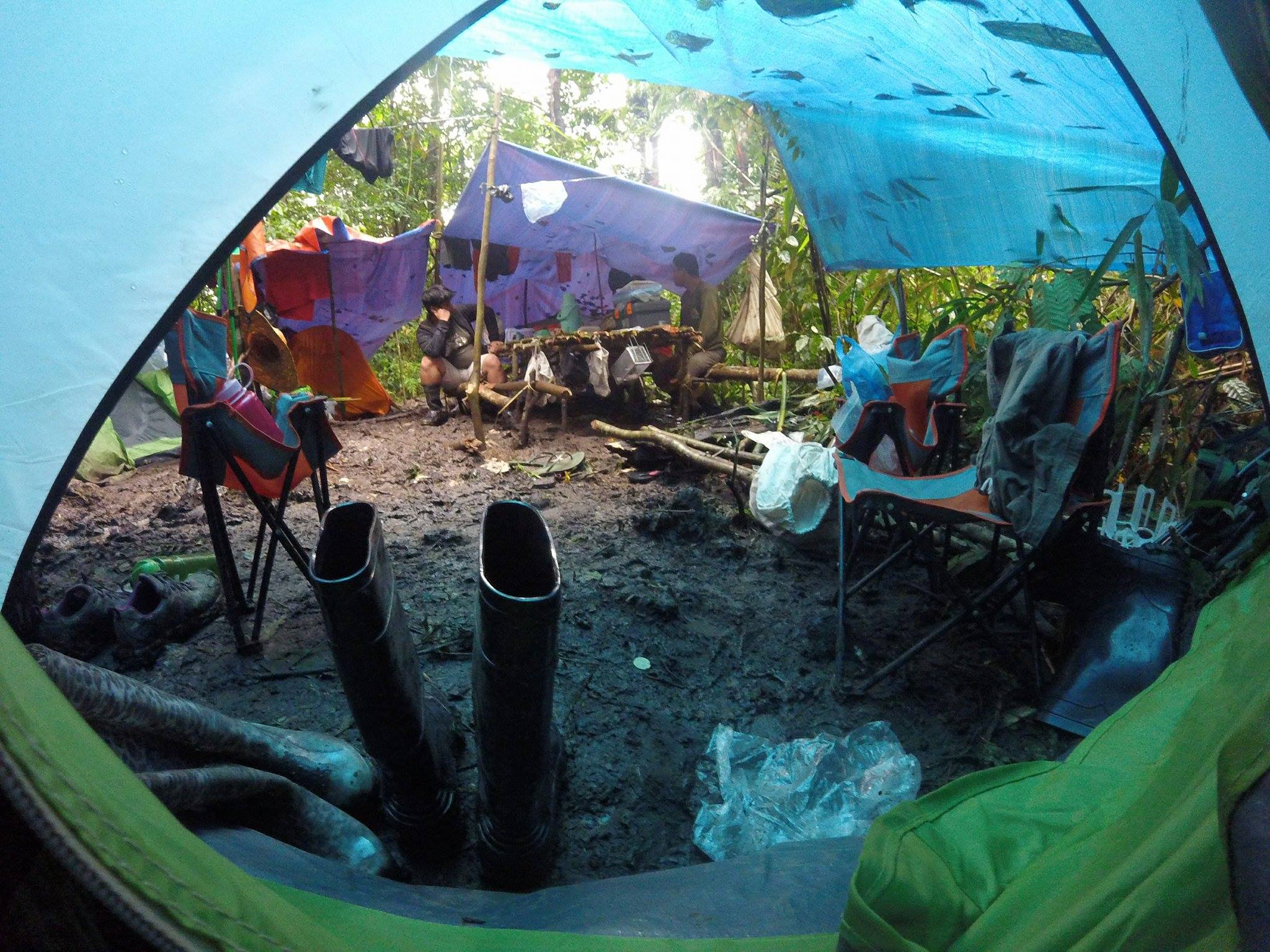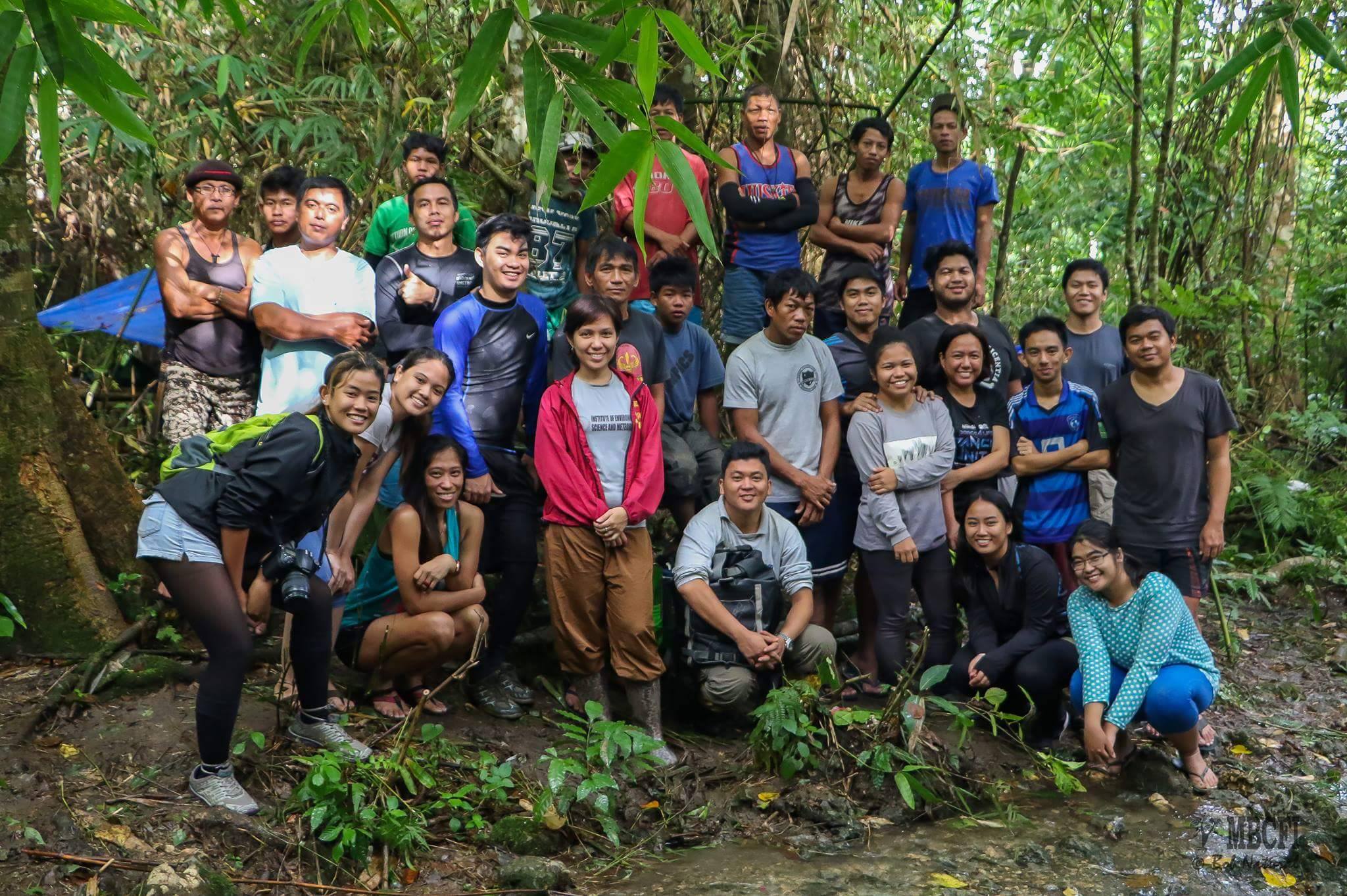Mts. Iglit – Baco National Park field survey (and why there is a need to do that)
by Jasmin C. Meren

Having recently been to the forests of Mindoro prior to this fieldwork, I prepared myself for the challenge – from having to travel kilometers to reach our campsite to being reunited with the tiny cold-blooded suckers called limatik. I was not alone though, I was with a group of young scientists hired by the Mindoro Biodiversity Conservation Foundation, Inc. (MBCFI). Each of us had our assigned taxon: there were people tasked to study insects, herps (amphibians and reptiles), mammals, birds, and plants. I was assigned to do mammals but most of us ended up joining other taxa, like hungry butterflies after different blooms for a sweet experience.

Our objective was to create baseline data or an inventory of species that can be found in MIBNP. But why is there a need for biodiversity surveys? Doing such enables us to learn what organisms exist in a given area, as well as to monitor endangered populations, and evaluate conservation priorities or species most at risk in an area. Surveys also tell us where each species occur in the landscape and help Local Government Units (LGUs) decide how to manage habitats that will benefit wildlife and measure the impacts of different activities.

Courtesy calls to LGUs were made, supplies were bought, and our bags and sacks were packed, so we went on our way. The target was one-day travel to the campsite, but we got rained on in the afternoon and the trail was too slippery and this significantly slowed our pace. As always, we were not even halfway when I asked myself “Why am I doing this again?” But once we got to stop for a water break and nibble on a cheap energy bar, something extraordinary like a tiny ground orchid catches your attention, and suddenly I remember what all this hardship is about.

A day and half and a few Tamaraw encounters later (yey!) we reached Arau-Bulo (Mangyan names for the forest patch (Arau) and the cool pristine stream (Bulo). It’s amazing what a forest can do: only a while ago we had to cross grassy hills while the sun scorched and burned our necks. It even came to a point I questioned how the Tamaraws can tolerate extreme heat thinking they must prefer some moisture for their skin. Later Bob told me the giants take shelter in the forests to drink and sleep. True enough, there were traces of their presence all around our campsite, much to our fright and excitement.

Not wanting to waste any more time, we started sampling immediately – from ocular observations for birds and herps to deployment of different types of trapping gear like cage traps, pitfall traps, and mist nets to catch organisms. Trapping methods allow us to see the rather cryptic species that are unlikely to be encountered otherwise. All individuals caught were subjected to measurements, close-up photography, then fed prior to release. Note: the team was allowed to do all this ONLY because there is a permit from the Department of Environment and Natural Resources.

Measurements and close-up observations are crucial information that enable researchers to accurately identify organisms, especially for some amphibians and mammals that are rather difficult to identify. These are also among the evidence used for possible species splits or even to describe a possible new species.

Our nine-day fieldwork yielded great results: there were about 300+ species of insects, 56 species of birds, 19 species of herps, 12 species of mammals (including the Tamaraw, wild boar, and deer), and more than 100 species of flora. The report is still being drafted but on birds and mammals alone, there is a high percentage of endemism at 39% and 67%, respectively. The data gathered in this survey will be submitted to the MBCFI, which they will disseminate to the LGUs, and use to teach children of indigenous communities as well as in schools.

We have just touched a small portion of MIBNP and have seen both beauty and destruction in Tamaraw paradise. We rarely get real protection for our PAs but the DENR PASu (PA Superintendent), alongside MBCFI, are doing a great job here. When we go back, it will be for monitoring, and hopefully we get to see them again, and more!


Interesting. I would like to go there but it sounds like hard work to walk in. Did you see many butterflies?